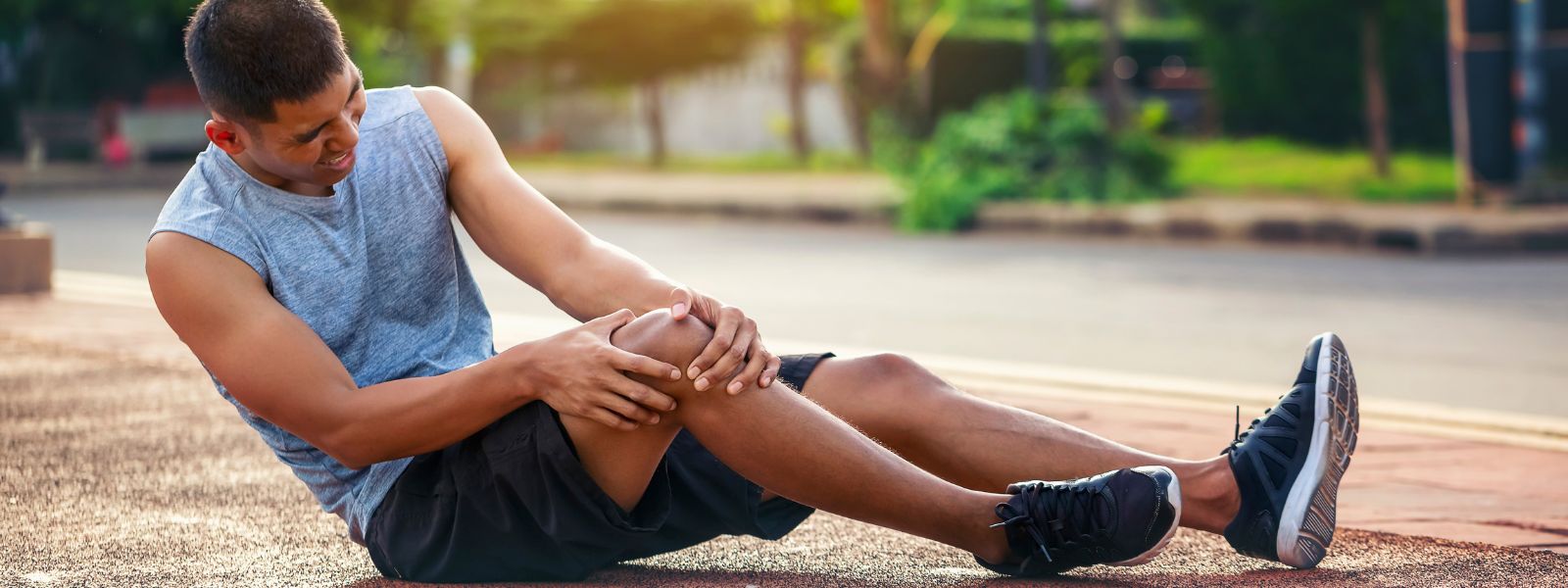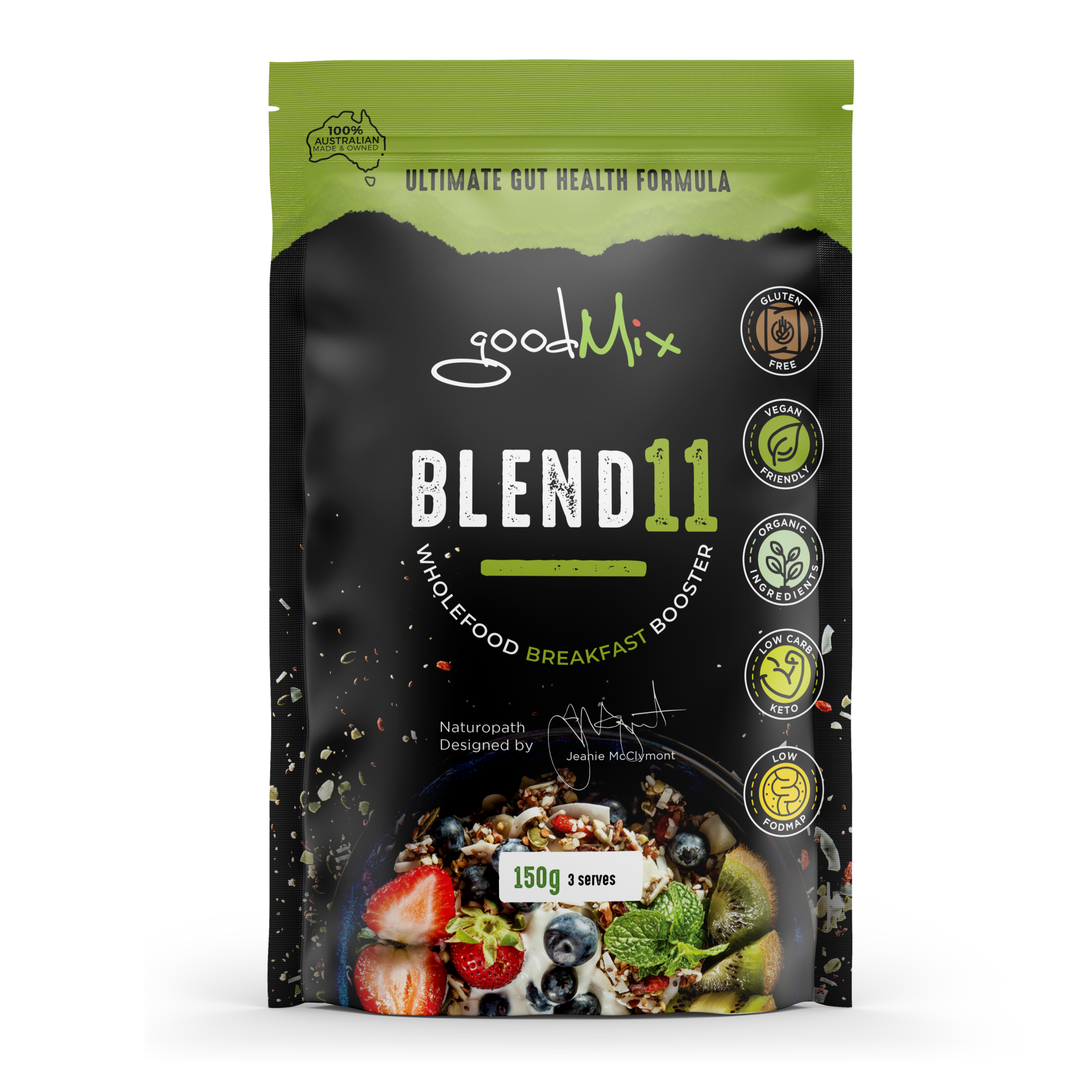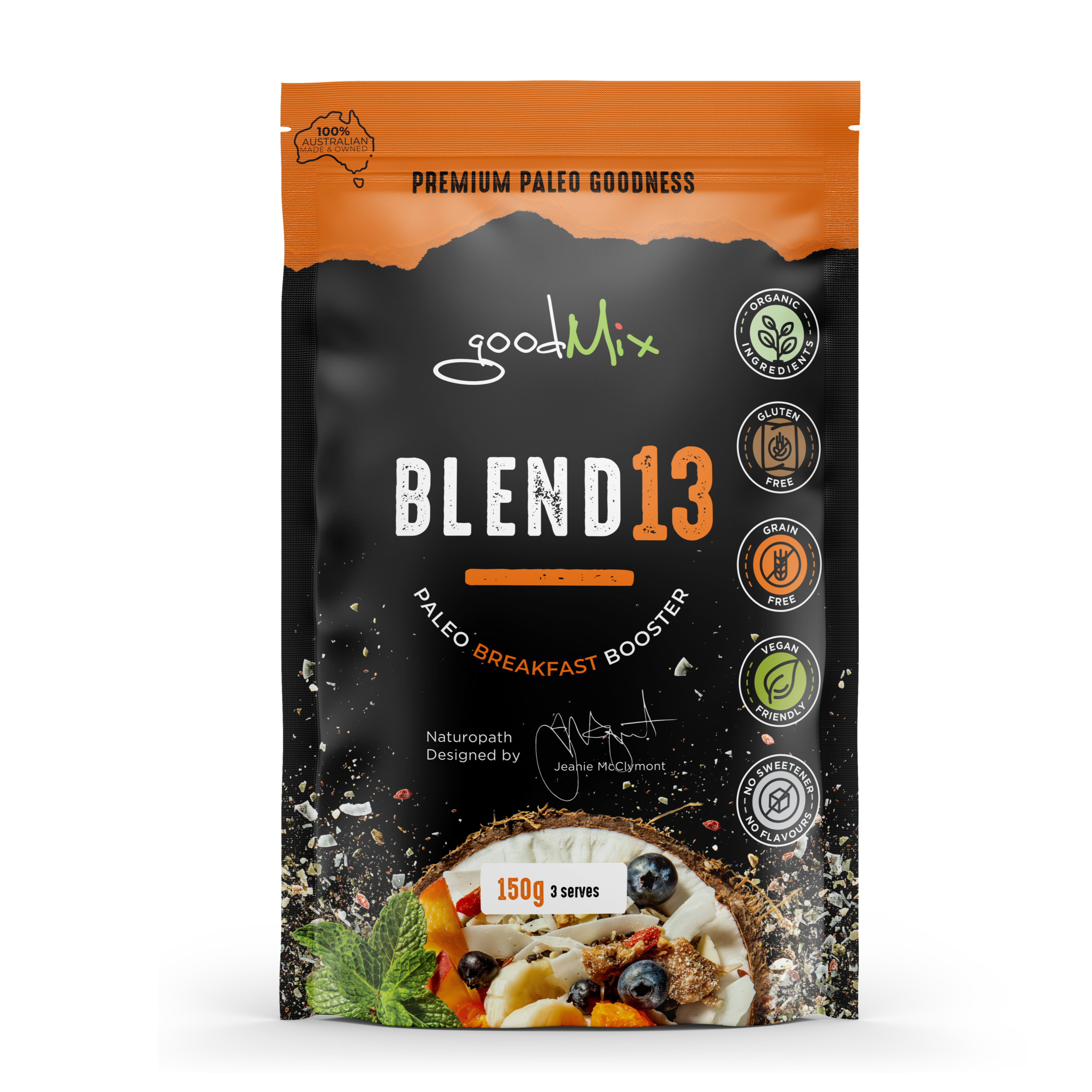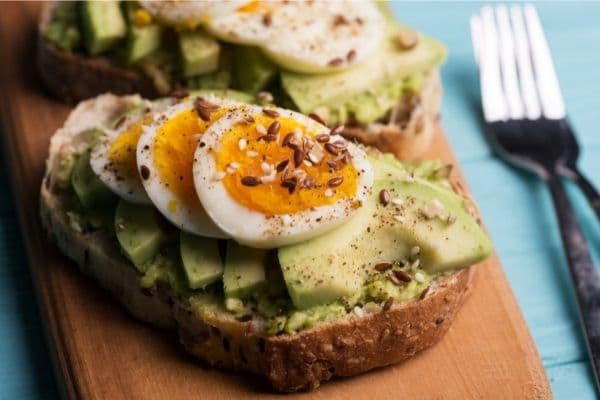
Naturopathic Tips For Pain Relief & Management
Pain: ‘highly unpleasant physical sensation caused by illness or injury’…suffering, agony, torture, affliction, torment, discomfort. Pain is a part of all of our lives, to a greater or lesser degree. And we can go from pain free to crippled by pain in seconds, it happens. For this reason, I am super grateful to live in this country & this era where we have effective medical pain relief at our fingertips for most things, but I also am very aware that pain is often our body’s teacher / best friend, & that simply suppressing it with meds can have some significant side effects. These are my naturopathic pain relief and management tips.
From a naturopathic perspective, pain needs to be handled in different ways, we’re not into the blanket ‘just pop a pain pill’ approach, as we respect pain as an important communication from our body, which is simply trying to get itself back to a state of health & balance. We want to work with our pain, using it as a guide to find out how best to return to health.
When we block pain with medications, we are shutting down communication from our body (which is sometimes completely necessary & the best thing to do), but sometimes we’re better off leaving the pain there, keeping that communication open - that reminder that we need to make some changes. Pain makes us ‘sit up & take notice’ of what our body needs. Often we’ll put up with discomfort (even for years), without feeling compelled to take any action, but intense pain will move us to act, quickly.
If you prefer a nature-led approach to pain relief, or just need some extra options to help cut back on necessary pain medications, here’s a list of naturopathic ideas for dealing with pain naturally, hopefully you can find something that helps - another tool to add to the kit is always welcome!
A Naturopathic Approach to Pain Management:
Most pain is driven by inflammation. On a physical level, inflammation happens in response to injury, irritation or infection. Our body creates inflammation & pain in injured / infected / irritated / stagnant areas to draw our attention there, stop us from moving around so much / alter the way we are moving / make us move (basically to encourage us to do something differently or just rest & heal). Pain can also be triggered by our emotions - they can cause us to become inflamed & irritated, & predispose us to injury & infection as they can tighten / constrict our entire connective tissue network (which holds & supports our lymphatic system).
Whether the pain is purely physical or has an emotional element, pain messages travel to the brain via nerves in the affected area. So pain relief can be approached from all of these angles.
To support those experiencing pain, on a physical level we want to be…
1. Treating the infection / injury, & removing the cause of infection, injury or irritation. If you are suffering from gum pain due to an infected tooth, you can take as much pain relief as you like, go to acupuncture & apply heat & cold, follow an anti-inflammatory diet…but chances are, the best way to remove pain here is to kill the infection & / or just remove the tooth. And then look after your oral hygiene better so it doesn’t reoccur. Likewise if you have an infected wound or a broken leg, or a food intolerance, sort out the source - ie treat the wound or the break, stop eating the reactive food, then support with other strategies like…
2. Decreasing inflammation (whole body / systemic inflammation or specific to the area). You can try an anti-inflammatory diet, take anti-inflammatory supplements like fish oil, turmeric / curcumin, resveretrol, astaxanthin etc, & focus on your gut health as this is a HUGE player in inflammation. See list below for some specifics.
3. Blocking the pain signals travelling to the brain, to help with sleep / relaxation (but maintain awareness / still rest the area). There are some powerful natural herbs & supplements that can block or soften the pain signals travelling to your brain. Book an appointment & ask a professional to mix something up for you / prescribe natural pain support.
4. Calming the nervous system. Your perception of pain changes depending on your underlying levels of stress - ie when you feel generally calm & happy, your pain will actually seem to decrease, whereas when you feel stressed & overwhelmed, or sad, you’ll feel the exact same pain, much more acutely! Meditation, mindfulness, funny movies, focusing elsewhere or any happy distractions - anything that relaxes / de-stresses you / makes you happy / ‘takes your mind off the pain’ will be helpful.
5. Supporting the healthy, healing flow of blood, lymph, energy / Qi, nutrients, oxygen & toxins throughout the body. Pain is thought of in many traditional healing systems as a ‘blockage’ that needs to be shifted. Acupuncture & many types of bodywork & massage are excellent here, also hot & cold therapy (ice baths, cold showers, sauna, hot & cold packs etc), herbs & nutrients to improve circulation, oxygen & nutrient delivery, toxin removal & figuring out what may be an emotional ‘block’ that you have. Often chronic pain can shift when we shift things in our psyche. Physical pain can be the result of an emotional trauma, we literally hold traumatic ‘memories’ in our connective tissue. The body-mind-spirit is always working together, for best results with pain - all areas need attention!
6. Supporting the production & release of our natural anti-inflammatories & pain relief substances. Our body is capable of producing sooo many beneficial healing substances if we just support it in the right ways! For example, our gut can be generating a constant stream of anti-inflammatories for us, or it can be a constant source of inflammation, aggravating painful areas. Many pain relief meds also wreak havoc with our gut microbiome & gut lining, & can actually make us more susceptible to pain & inflammation in the long term, so use pain meds as sparingly as you can - if there is a gut friendlier way to do it, use that whenever you can (& if there simply isn’t, just support your gut using diet & supps to assist function through the meds).
And let’s not forget the emotional level...
We need to express any suppressed emotions! Yes, this can be the cause of your pain. You may not even be aware that you have something that needs to be expressed, something that is stuck & creating or contributing to pain in your body. This simple exercise can be amazingly helpful as a starting point & if you have not yet explored the emotional side of your pain, it is a must).
- Regular meditation / mindfulness practices have been shown to assist with pain management.
- There are specialised pain apps (ie ‘Curable’) in the app store. (check reviews / utilise any available free trials)
-
Acupuncture has a long history of use for pain, from menstrual cramps to arthritis, & will help strengthen & balance your entire body. Science is now starting to understand that the fascial system (our whole body, connective tissue web) is impacted by acupuncture & dry needling.
- Myofascial release & trigger point therapy (both very effective modalities for musculoskeletal pain, but also can be amazing for digestive pain, headaches / migraine / sinus / toothache / ear ache etc etc etc). Once again, working on the fascial system (which - because it holds the lymphatic system, the circulatory system & all of our organs, impacts literally everything!) You can learn to release your own myofascial trigger points, there are many courses / demos online.
- Massage (all types can help with pain - as they calm the nervous system). Pick a massage style you like, or ask a therapist which one would suit your issues best. For example, if your pain is from an infection, or stagnant / blocked / ‘fluidy’ areas - go with lymphatic drainage (great to alternate with weekly sessions with myofascial release so the fascia supporting the lymph is more soft / decompressed / hydrated to allow lymph flow).
- Sun exposure helps our body to produce melatonin, a natural anti-inflammatory & immune support substance. Get up early, see the sunrise, & spend time in it whenever you can. Remember - we did not evolve inside office buildings or houses - our entire human system works best when we spend more time out in nature.
- Herbal medicines / essential oils - there are many herbs & essential oils that can be taken as a tincture / pill, or rubbed into painful areas. Think lavender & peppermint for migraine, & capsaicin, wintergreen, ginger & turmeric for inflamed joints & muscles. Ask in your local healthfood store for a personalised tincture / rub!
- Resveretrol helps balance the release of inflammatory cytokines, & also supports the pain relieving properties of morphine, helping a dose to last longer / less doses required.
- Homeopathics can be used for many types of pain, see a professional & get your case taken for best results. You can also purchase ‘first aid kits’ to have on hand for basic acute situations, think arnica for bruising, hypericum for nerve pain, ruta & rhus tox for muscle & joint pains…there are many many options here.
- TENS (transcutaneous electrical nerve stimulation) devices help many people, your local chemist should be able to supply, or can be ordered online.
- Magnesium is such a common deficiency, & often just correcting levels can help alleviate the pain of tight, spasming muscles etc (you can soak in it, rub in to skin, or take pills / powder).
- Movement - not moving your body enough will cause pain. It will literally start to ‘glue together’ in places (instead of being able to slide & glide easily). Moving too much / repetitively can also cause pain. The most important movement to maintain (especially as we age) is walking. If you can’t walk, or struggle to walk well, ‘Functional Patterns’ is a great movement modality to decrease pain & help improve walking / running / gait).
- Change of environment can sometimes be very therapeutic, whether it’s getting away from an allergy in a certain area, or maybe it’s a ‘painful person’ you are reacting to! (Tip - search inside yourself for what it is about them that’s ‘painful’ to you - ie if you are consistently triggered by them, they’re usually just holding a mirror up for you).
- Hot & cold packs / alternating temperature showers are another great way to help improve circulation, especially when you just cannot exercise. Effects of Hydrotherapy on Various Systems of the Body
- Sauna, whether traditional Finnish / steam or infrared are amazing to promote circulation, pain relief & healing. If you have the space & the cash to install one, do it, or you can pay a membership to a gym / spa with one, & there are small portable infrared options.
- Sleep aids / relaxants can be beautiful, simply because you are not aware of your pain when you’re asleep & because sleep is the best state for your body to get to work & heal itself. Many herbs, supplements & techniques to try. Lavender oil, massage, passionflower & a hot bath are a few of my faves.
- Massage / body work can be a lifesaver, so valuable for pain relief & helping your body get back to balance.
- Mental emotional work may be the best pain reliever for you, particularly if you have unresolved or suppressed issues, they will always ‘bubble to the surface’ by creating a physical complaint if not dealt with!
- PEA (palmitoylethanolamide) is a fatty molecule produced by our body in response to tissue damage / injury. Chronic pain sufferers can benefit from supplementation, currently in Australia you’ll just need a naturopath / integrative GP script to buy PEA.
For Daily Aches & Pains
- CBD oil (not currently legal in Australia as it’s derived from marijuana plants, but very easy to obtain if you go looking, & super effective for many types of pain).
- An anti-inflammatory diet is useful to calm a ‘trigger happy’ immune system that keeps many people in a highly reactive inflammatory state, best to see someone who specialises in food intolerances / gut health to help you with a personalised one.
- SCFA’s (short chain fatty acids) are produced in our bowel when certain types of fibre are fermented by certain gut bacteria. Supplements exist but the best way to increase production is to increase fibre intake & fibre diversity, especially resistant starch. SCFA’s are beautiful anti-inflammatory substances, so our gut (when functioning optimally) can become your on-site anti-inflammatory generator. Butyrate is the SCFA to focus on for inflammation. Blend 11 is a great way to increase your fibre intake and help with SCFA / butyrate production.
This list is by no means exhaustive, just a reminder that there are many natural options to help with pain management - hopefully there’s something in there you can try!




